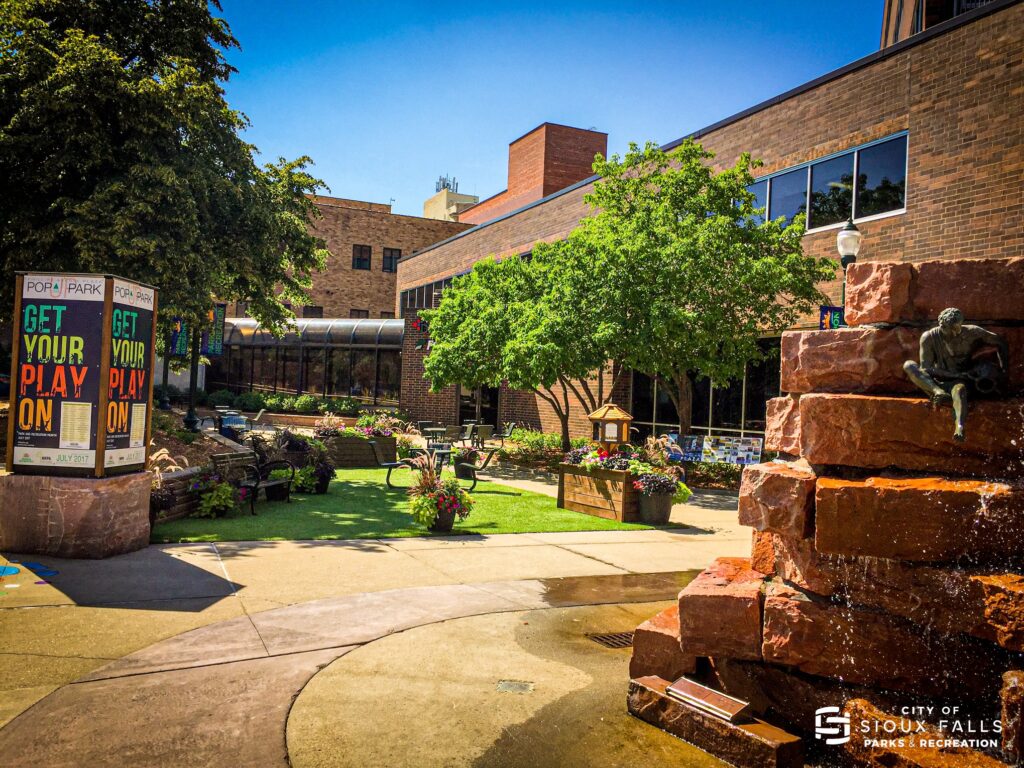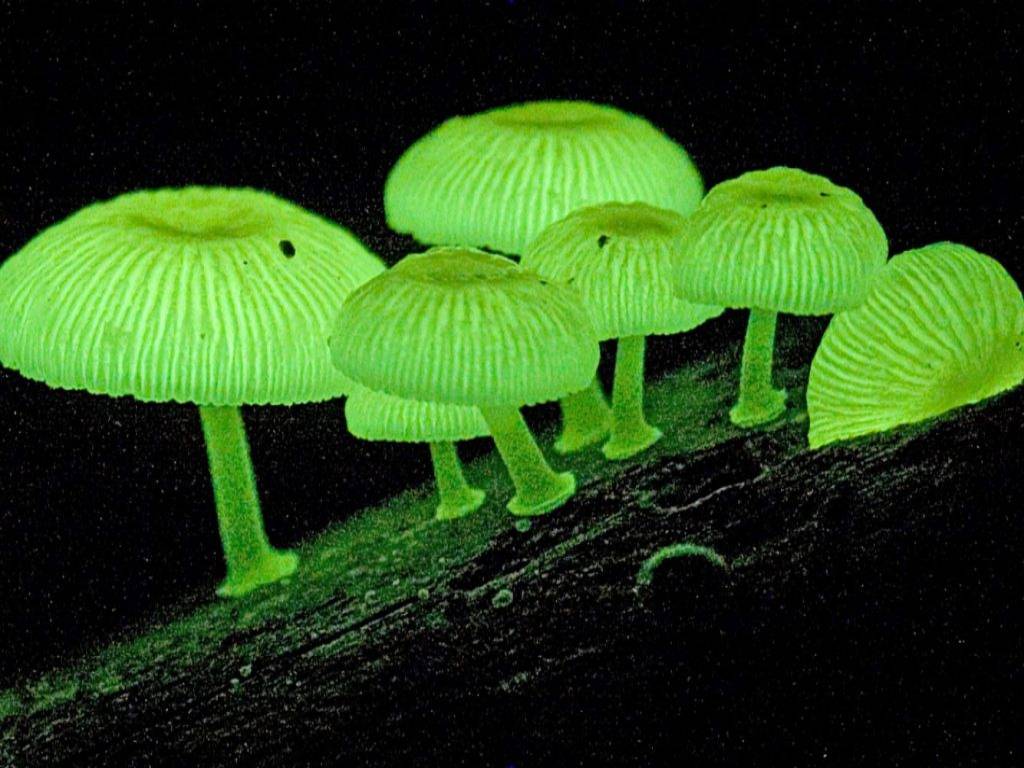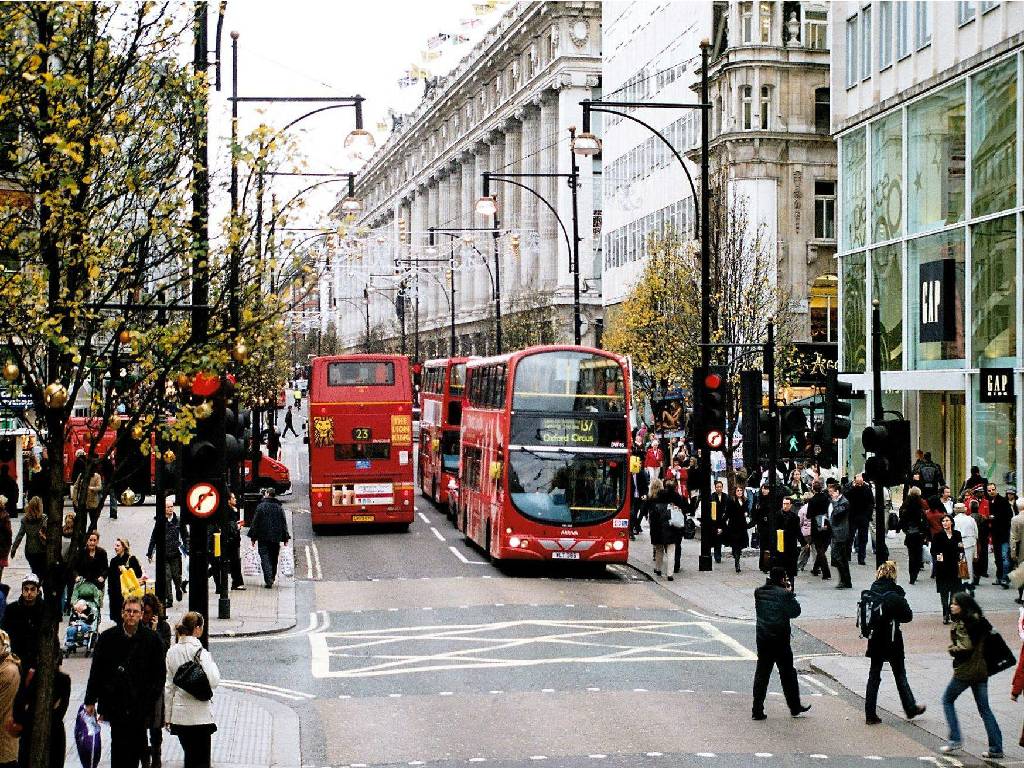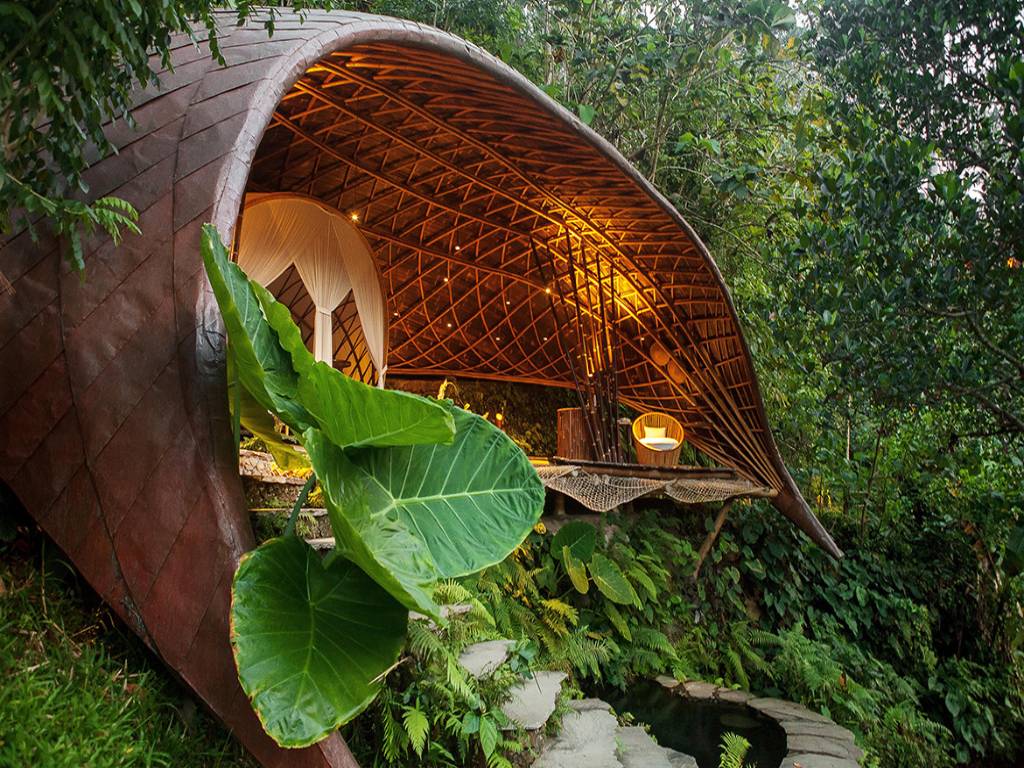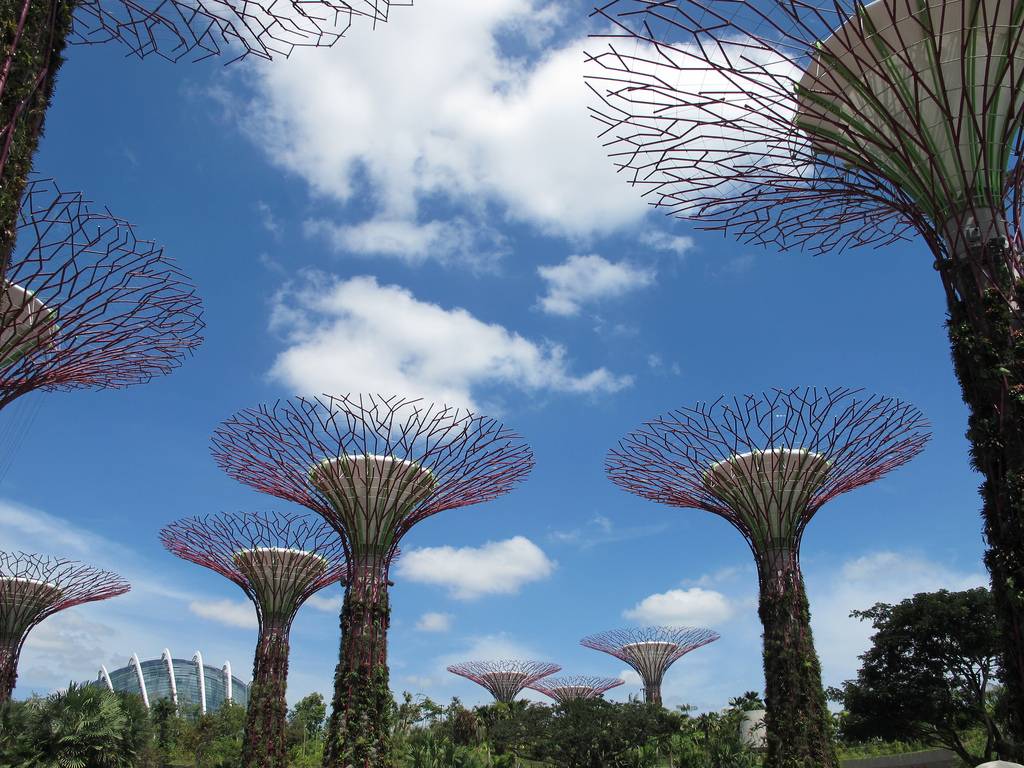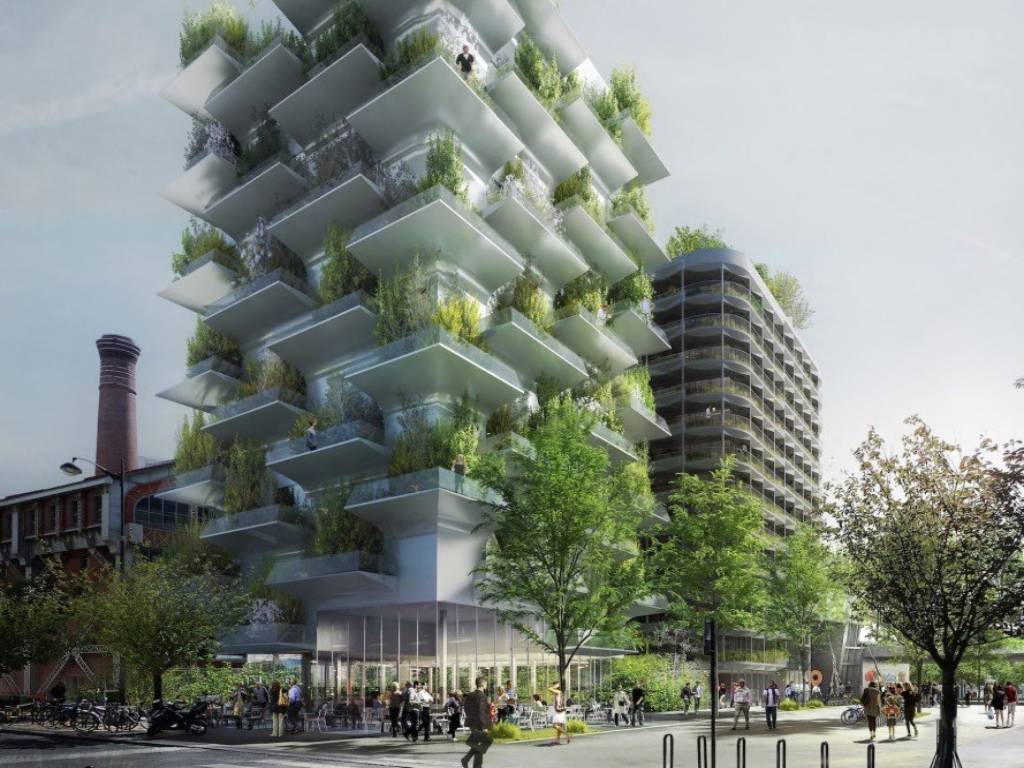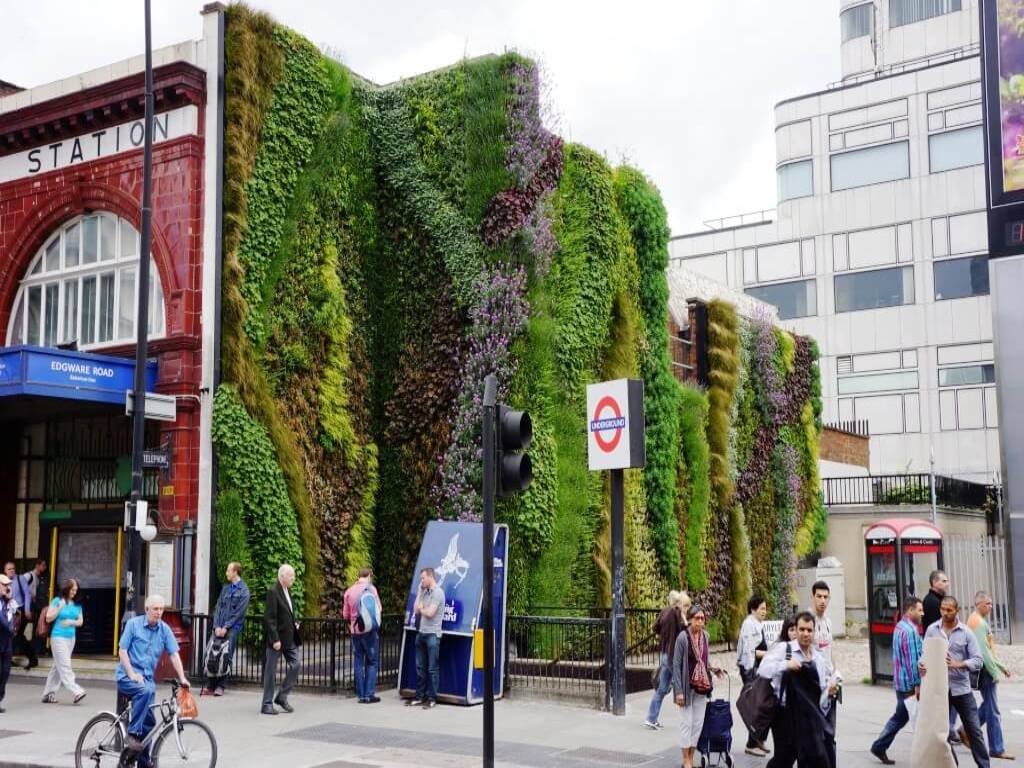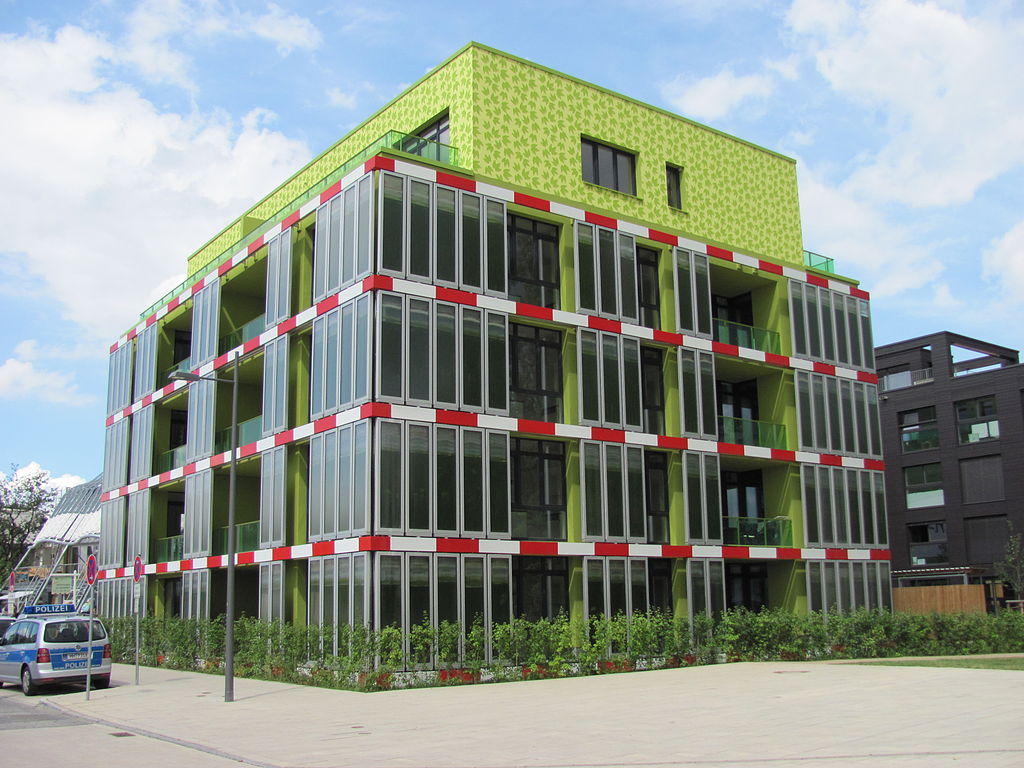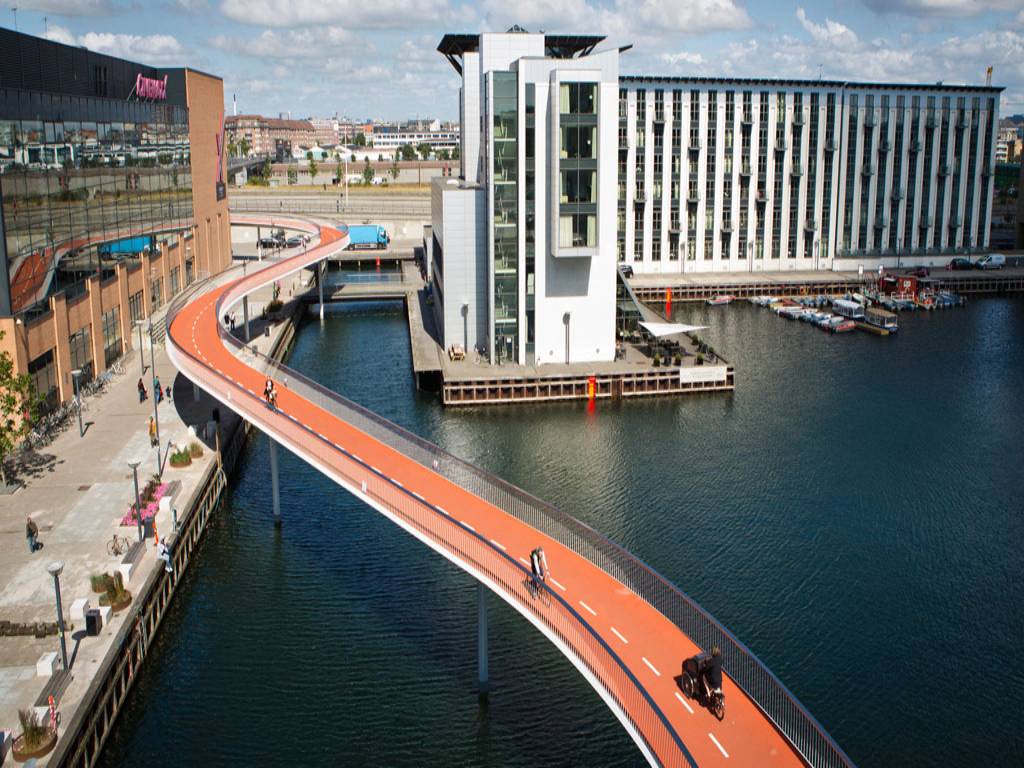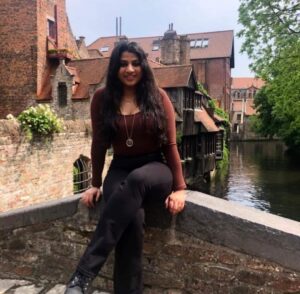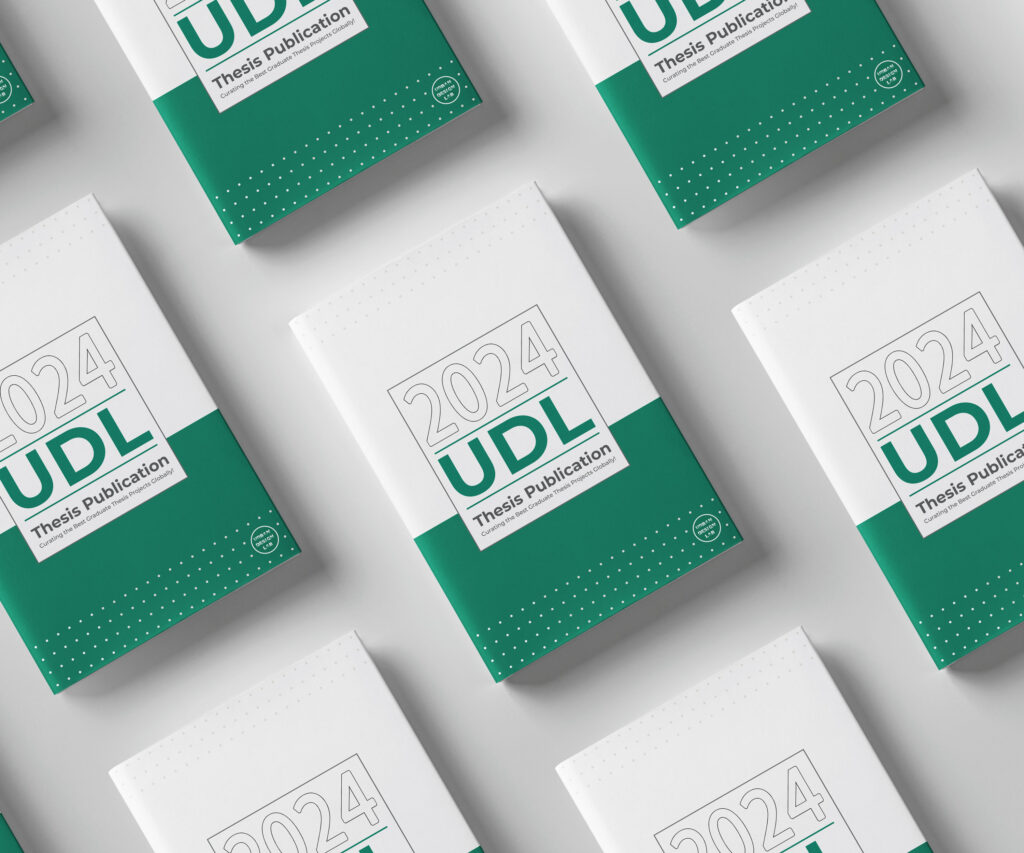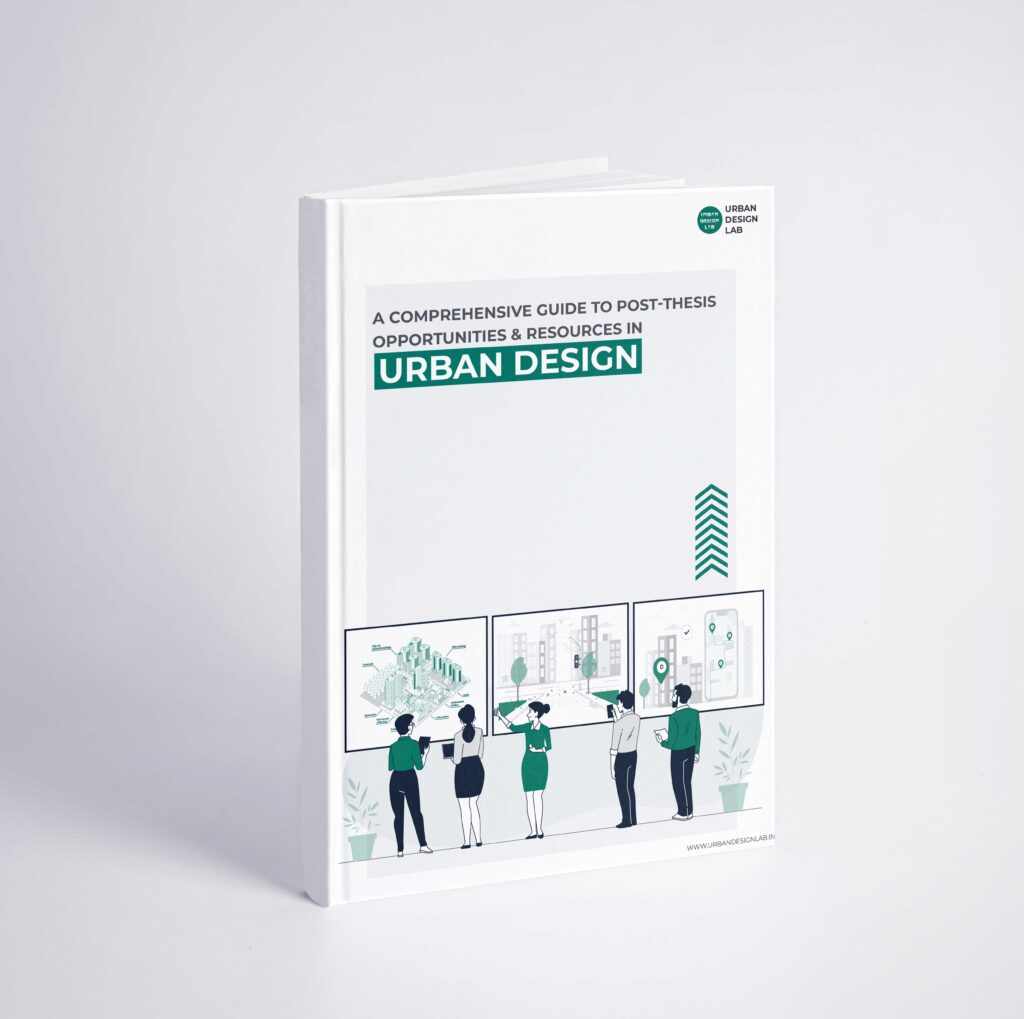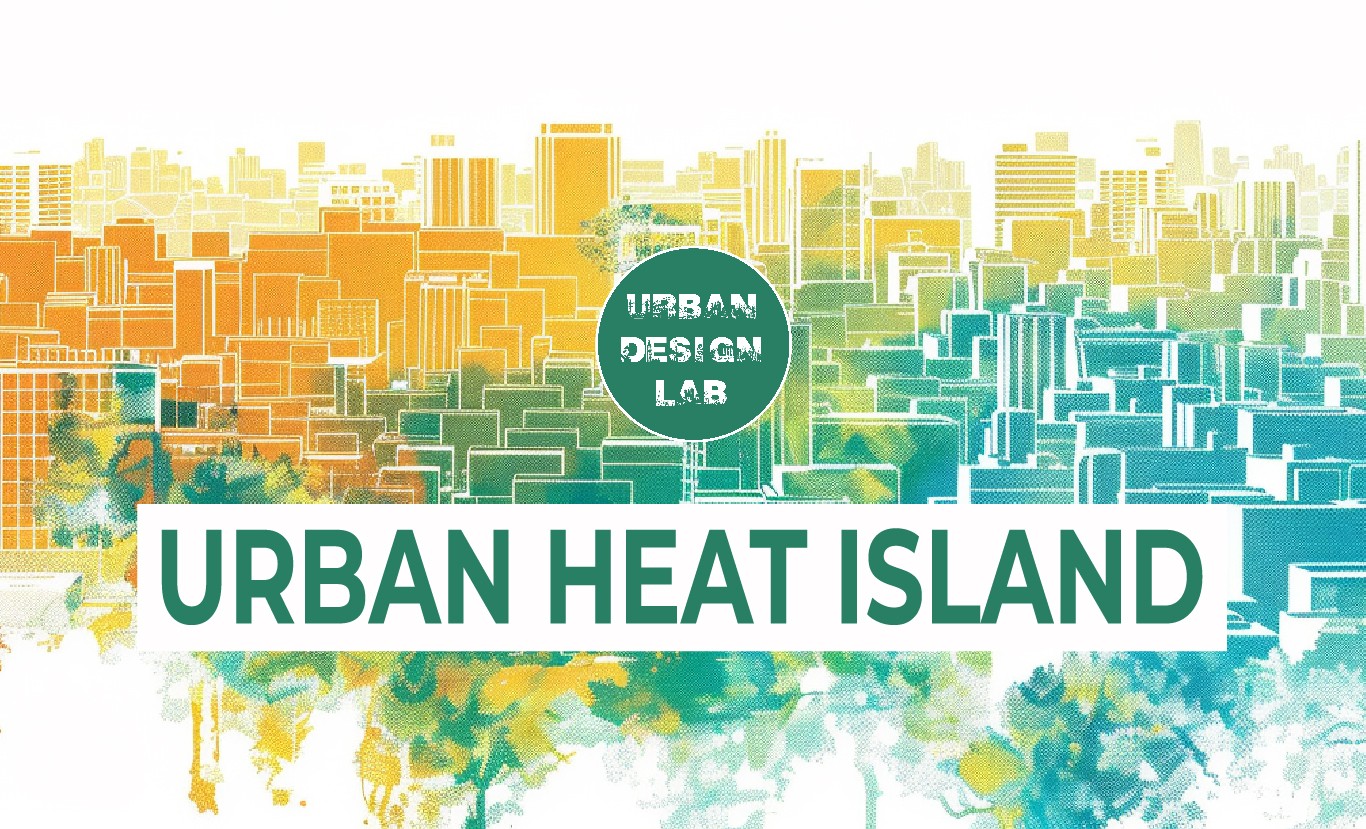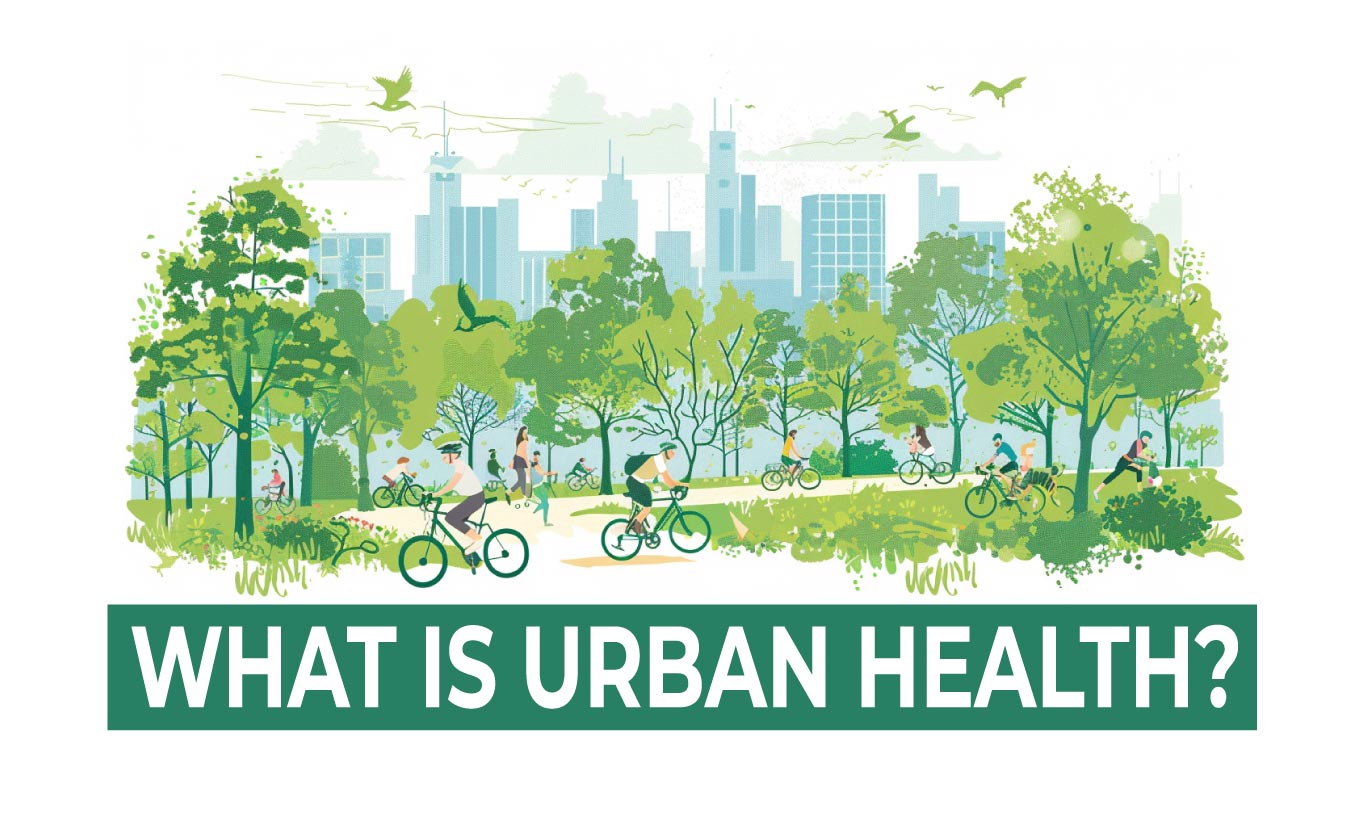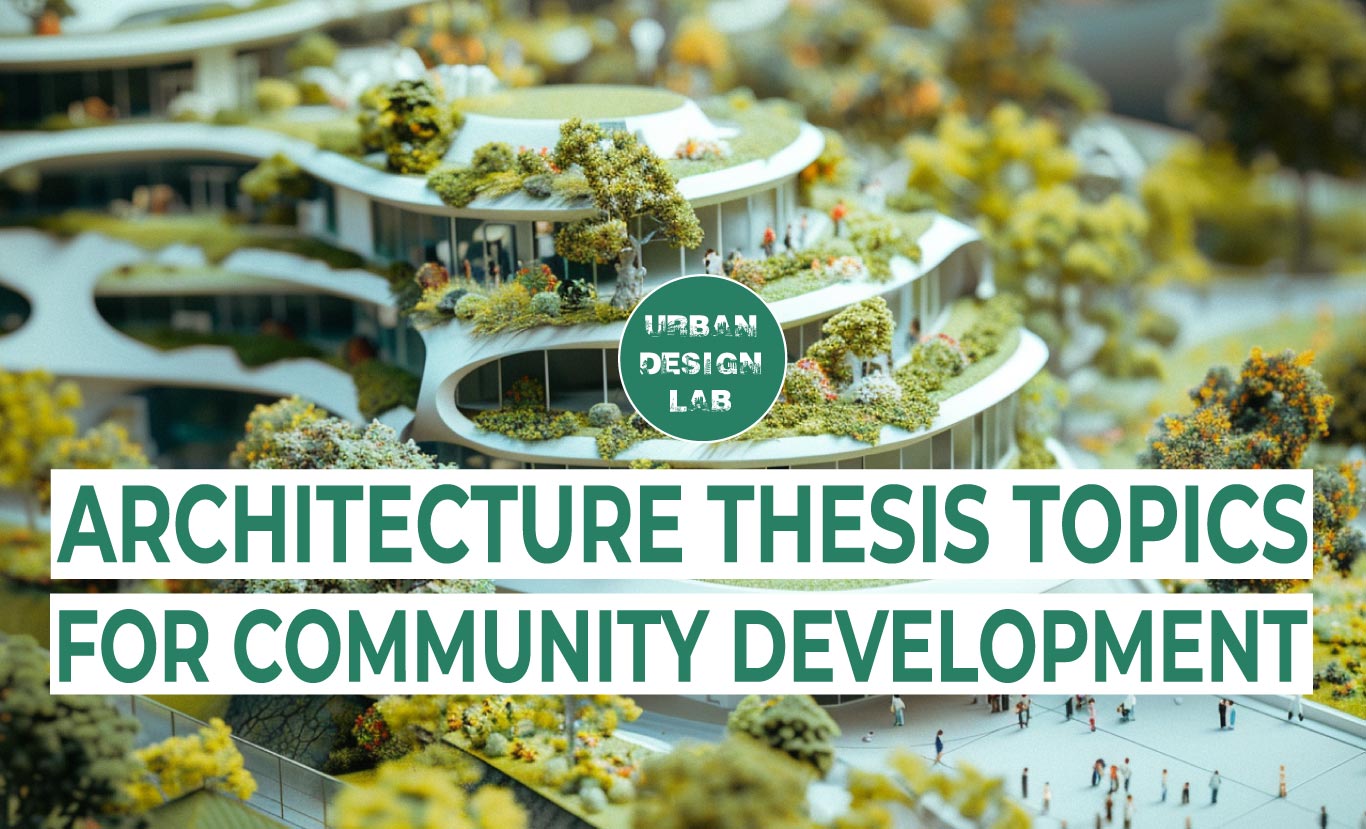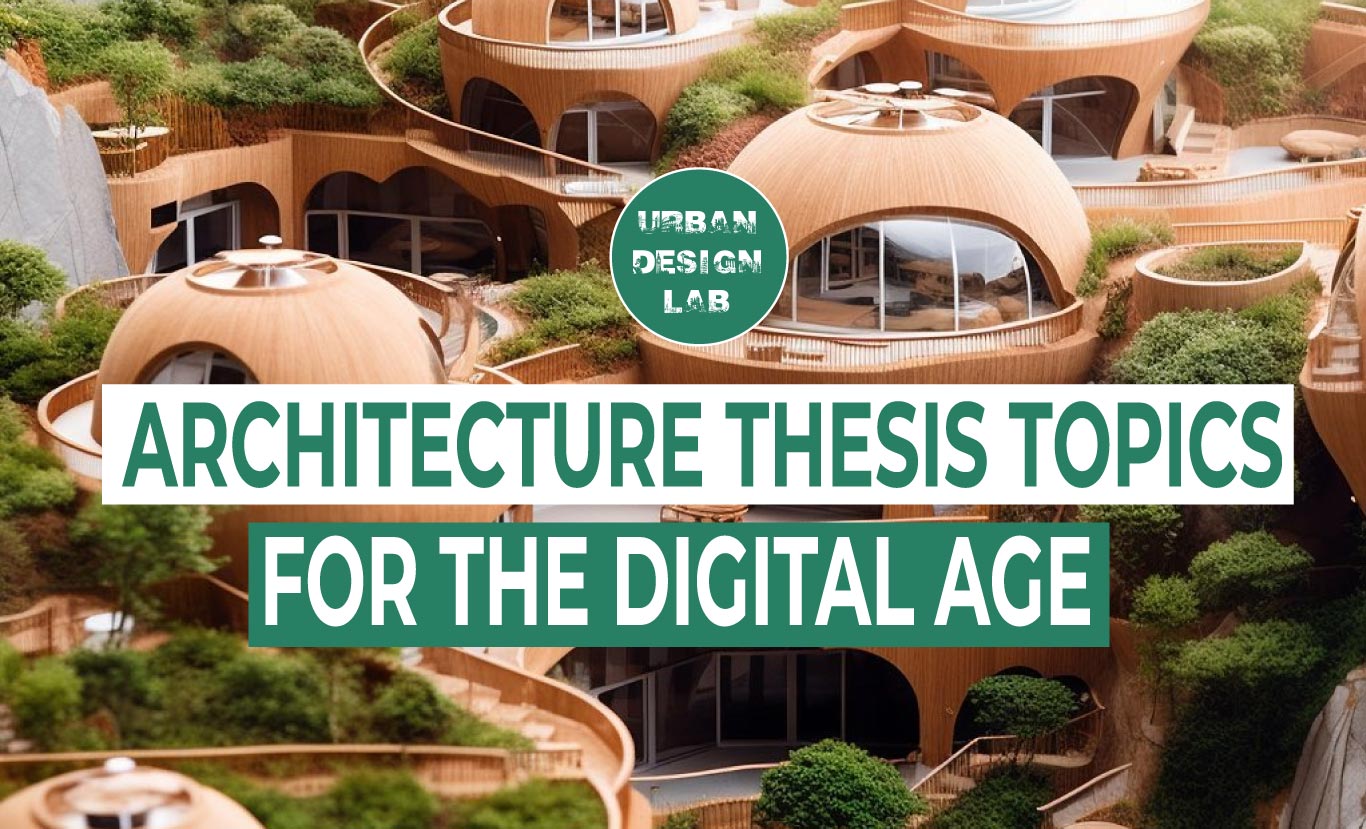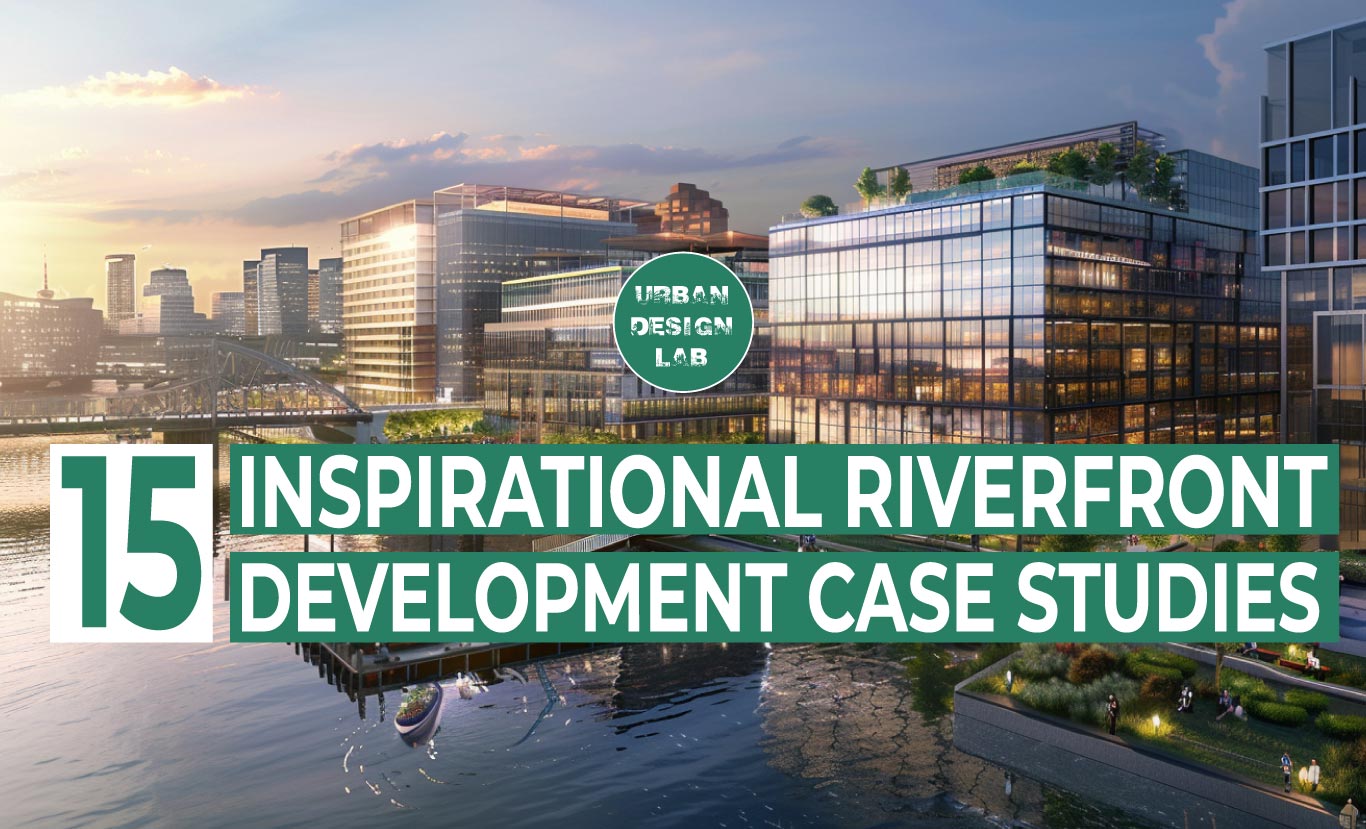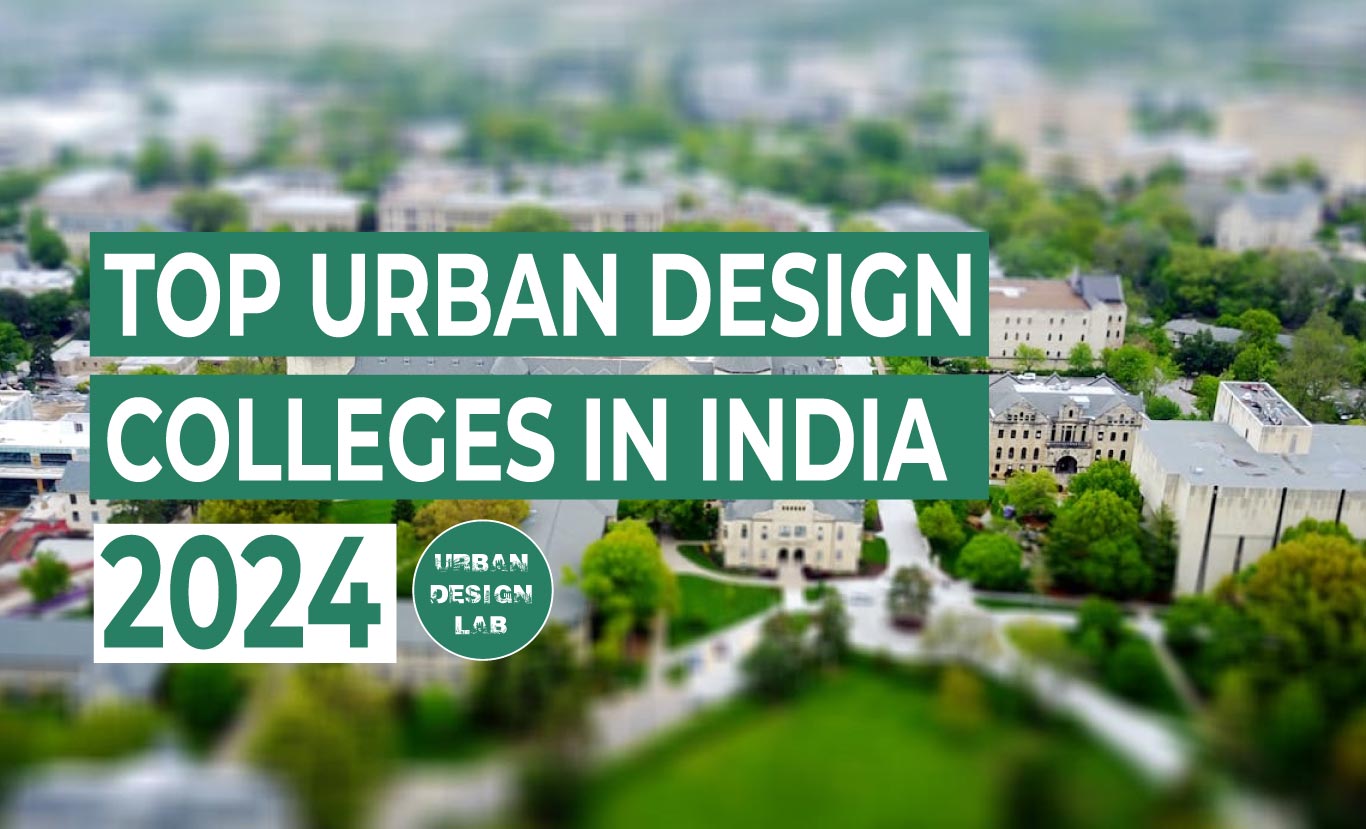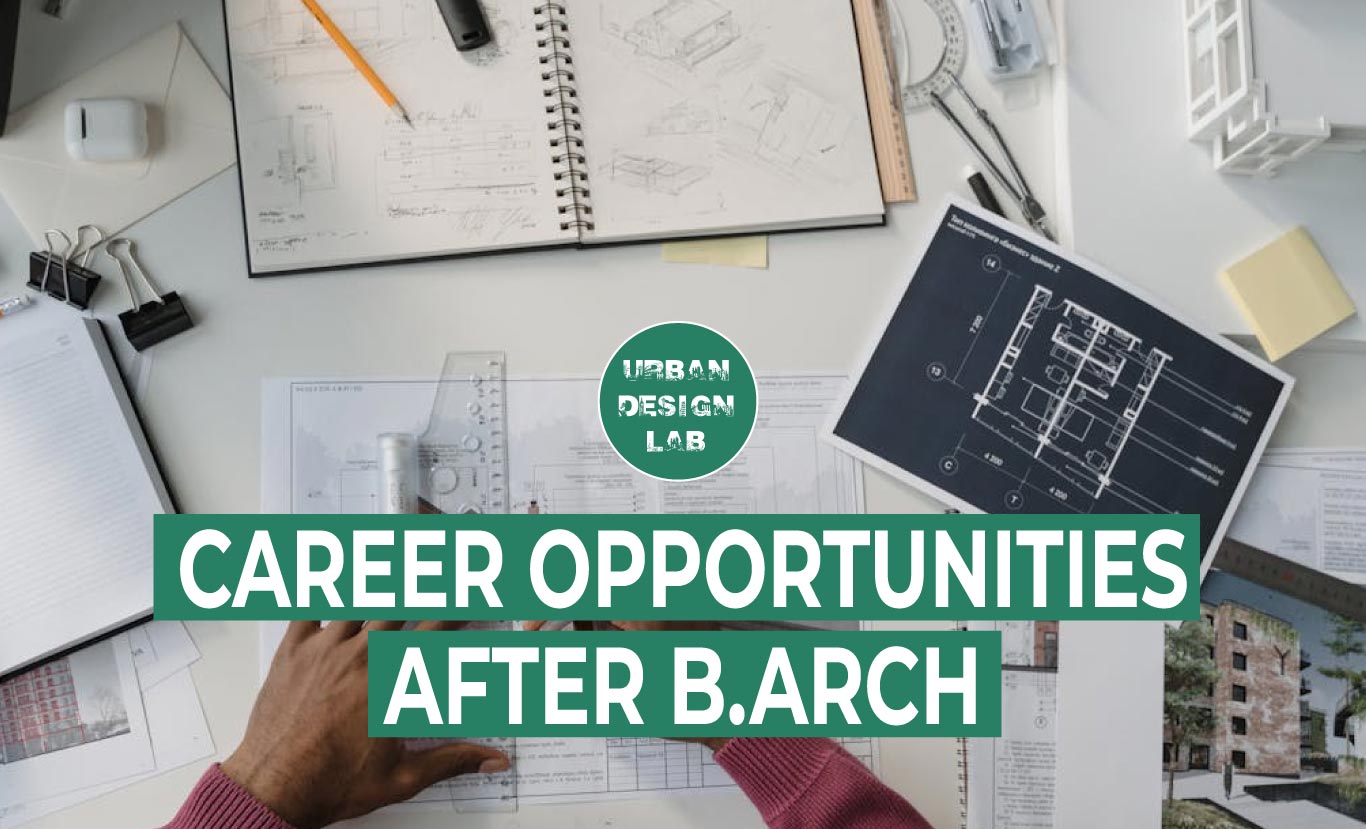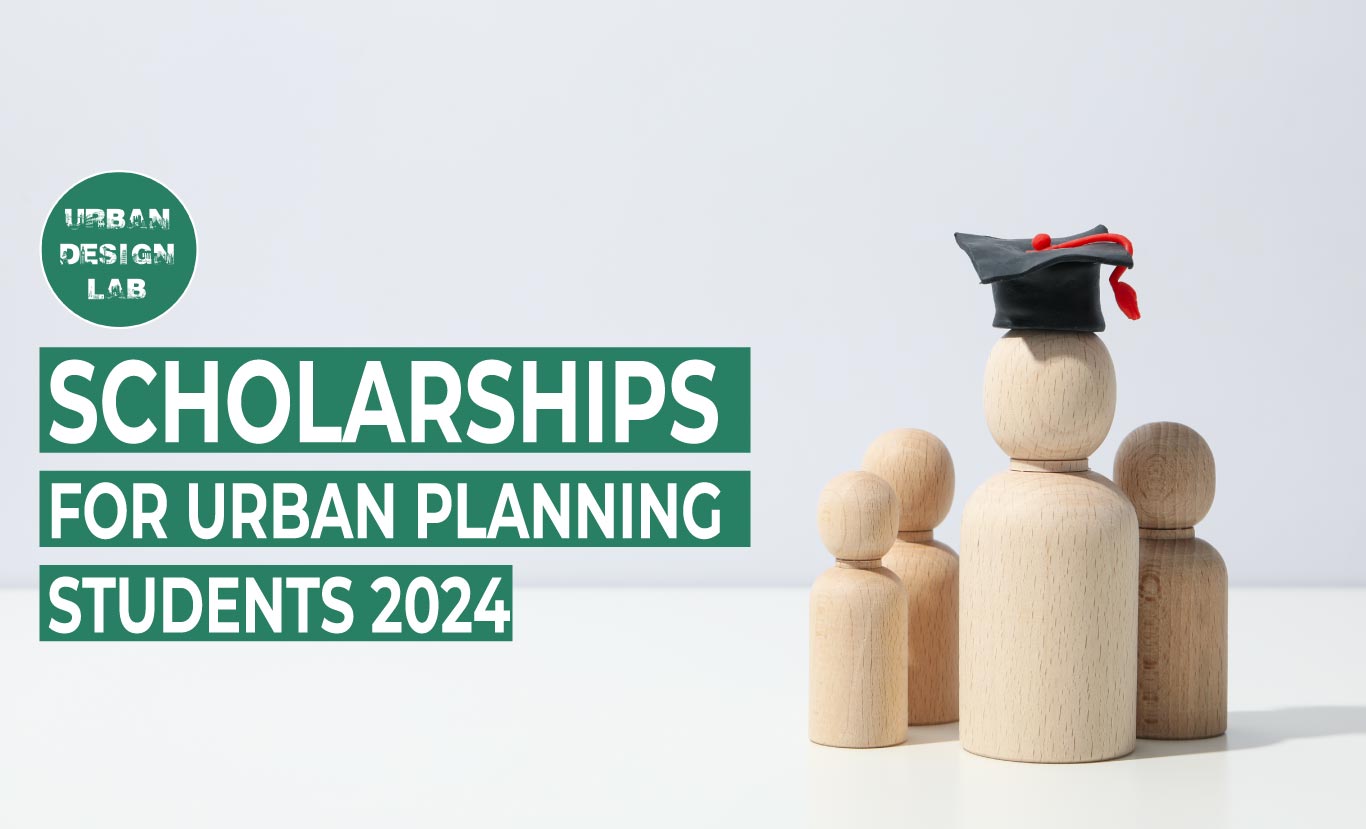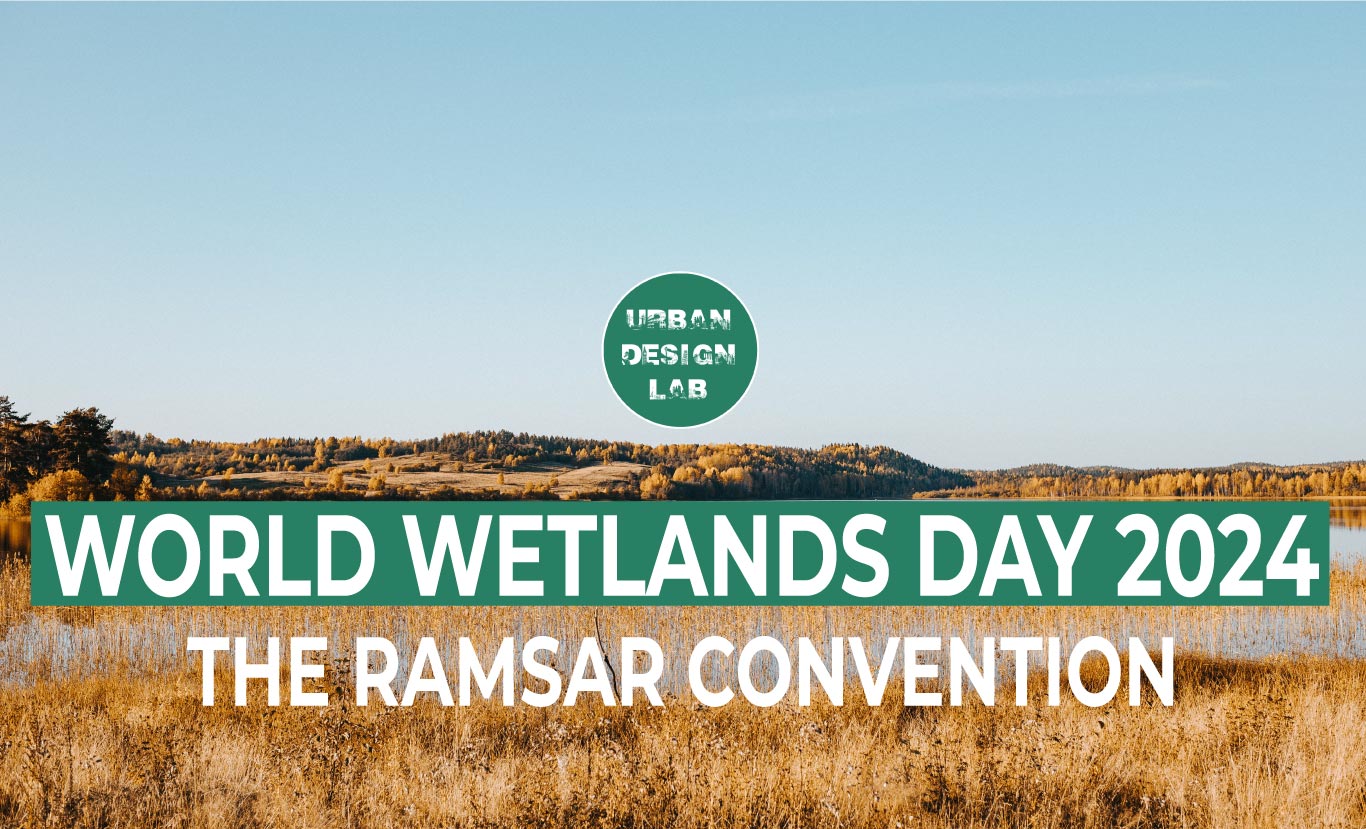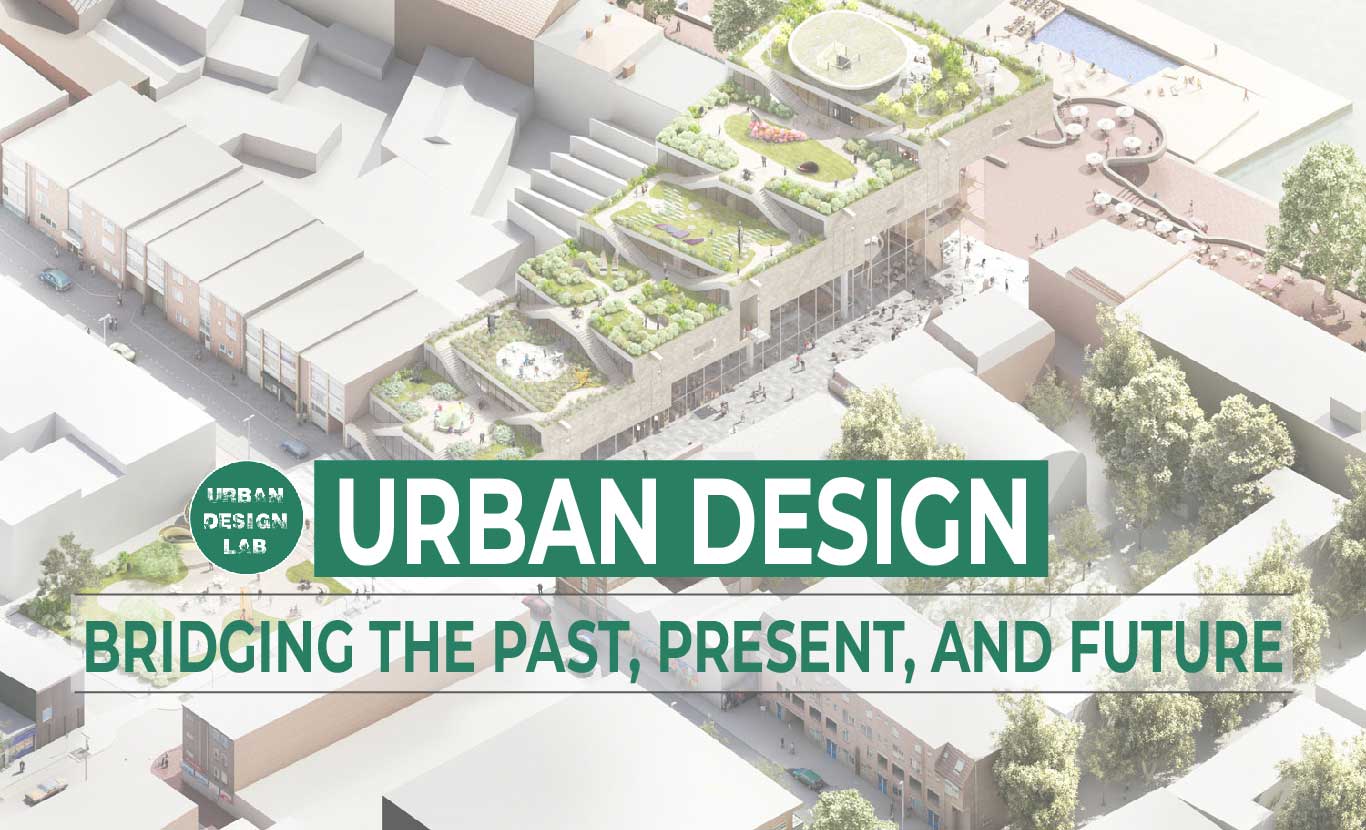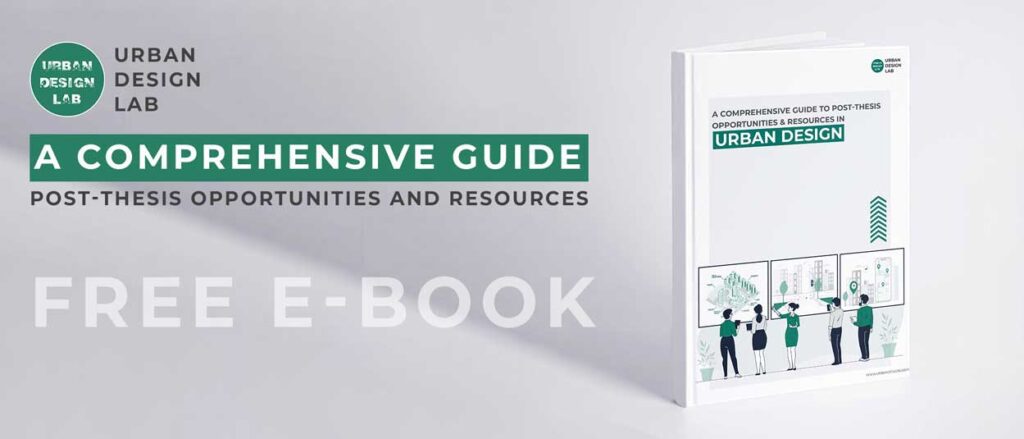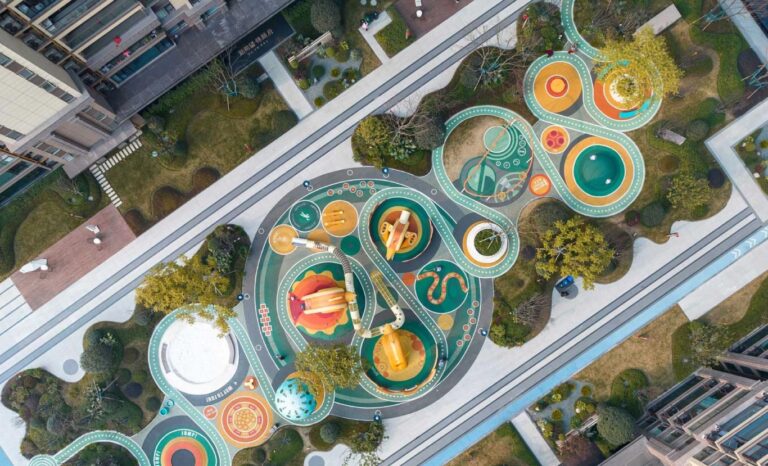
10 Ways to Design Eco Cities | Innovative Solutions for a Sustainable Future
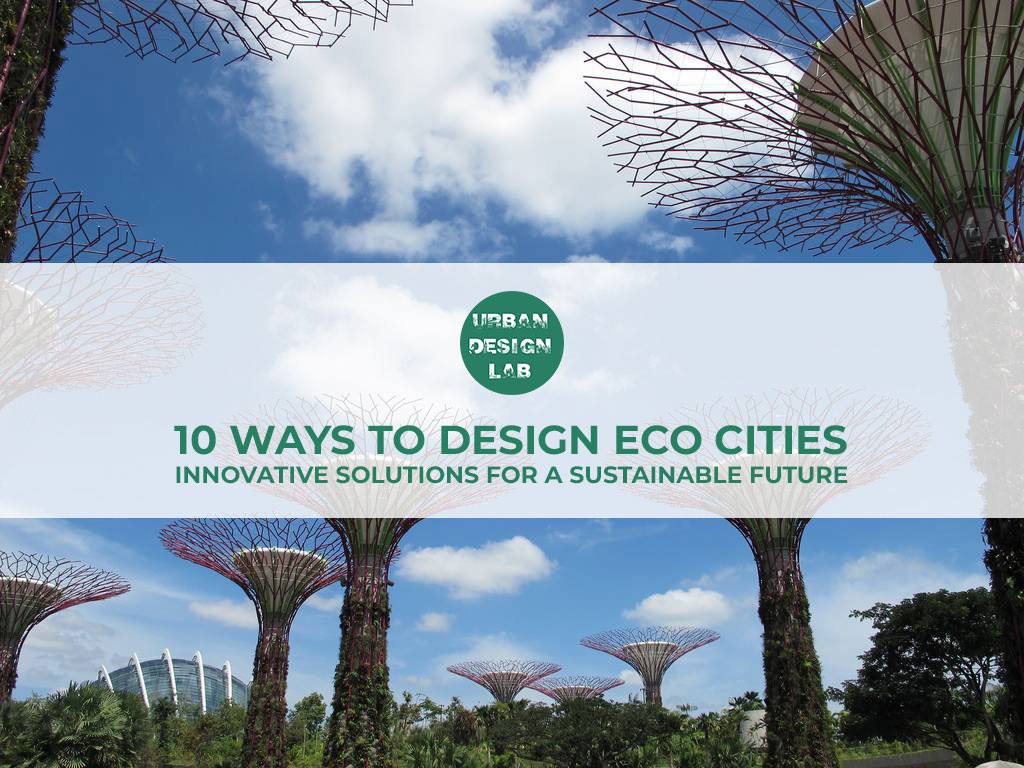
Sustainable Cities
The development of the term Urban design took place in 1953 from the earlier known term ‘Civic Design’, which originated in the 1900s. The term emerges from the Latin word ‘urbs’, which means a city. The concept focuses on creating solutions while maintaining a relationship with the public realm (built and unbuilt environment), binding the gap between urban planning and architecture (Abd Elrahman and Asaad, 2021). However, due to growing environmental issues in today’s world, it is necessary to shape sustainable cities using urban design solutions to mitigate climate change, giving rise to eco-cities.
Eco-Cities
The collection of disconnected ideas or several disciplines such as urban planning, transportation, health, housing, energy, economic development, natural habitat, public participation and social justice in one single framework brings together the concept of eco-cities (Roseland and Devuyst, 2001). Eco-cities are a form of a healthy city that is sustainable and ecologically environmentally friendly and aims to establish a developed urban order while protecting its environment, resources and repairing damages (Kurtaran, 2022). The following sections highlights ten eco design solutions to mitigate climate change and produce a sustainable environment through the use of innovation.
1. Pop Up Parks: Converting Parks into Public Spaces
Pop Up parks is part of the tactical urbanism domain. Tactical urbanism is an incorporated temporary change in the built environment which is fast and inexpensive and used to make parts of the city more enjoyable and liveable. Furthermore, its usage contributes to showing decision-makers and residents of the region the potential benefits and advantages of these changes giving scope for further consideration for its permanent adoption (17). The transformation of pop-up parks may be temporary or permanent. They focus on changes that takeback spaces from the motorised vehicles back to the people by redesigning streets into public spaces and gathering spots. Pop up parks may be located in urban areas such as parking lots, regions with no provision of recreation and public spaces, abandoned land space, districts with high mixed land use and foot traffic. The parks are unique settings for a discretionary time that range in size with excellent aesthetics and green spaces mixed with urban features (Salvo et al., 2017). These are the scalable solution and natural interventions to the limited access of public spaces and reducing the notion of car dependent designing, contributing to eco cities, reducing the carbon footprint while improving the quality of life in a urban setting.
2. Bioluminescent, the Creation of Glowing Plants
Bioluminescent is a term that defines the emission of light. The Transgenic Bioluminescent Plants (TBPs) is a genetically engineered plant by a group of scientists that contain a self-sustaining glow that lasts for the plants’ life cycle. The scientists extract the glow for the plants from the DNA of bioluminescence insects, algae, sea creatures, and mushrooms that have an existing ability to produce light through chemical reactions.
The incorporation of Transgenic Bioluminescent Plants (TBPs) with the urban design in cities and replacing them with artificial lights such as streetlights can aid in the creation of eco-cities by reducing its light pollution. Furthermore, this green technology has the ability to reduce electrical energy consumption, resulting in the decarbonization of urban and suburban outdoor environments and enriching the quality of life through sustainable conditions. Additionally, the concept also creates immense opportunities for a new form of art and research that may potentially mitigate the effects of climate change by improving the urban and suburban microclimate through its impacts mentioned earlier. The concept provides a new sustainable alternative to lighting design and landscape planning in urban settings (Ardavani, Zerefos and Doulos, 2020).
3. Kinetic Energy to Create Footfall Harvesting
Climate change in recent decades has led to the necessity to generate and design using green energy sources. One of such is the use of footfall harvesting. Humans use their energy in the form of kinetic energy to perform various activities which are transferable in numerous ways. Footfall harvesting uses this concept to generate electricity through the design and implementation of a device. This proven innovation involves using an efficient, fabricated and tested device design that produces kinetic energy through footsteps and converts it into electrical energy. The simple and easily constructed device transfers the force of human body weight to a mechanical torque through the ground using footsteps. The further connection of this device to an electric generator result in electricity production.
Power generation from human footsteps is a sustainable and green source of energy generation. Therefore, operating the device in crowded locations will fully utilise its potential such as busy intersections, airports and stations. The resulting energy harvested can be further utilised to power streetlights, information displays and advertising billboards (Farouk and Abdel Gawad, 2022).
4. Replacement of Conventional Building and Construction Materials with Bamboo
Buildings and construction materials are among the most significant sources contributing to climate change, leading researchers to focus on green materials. Bamboo is one such ecological solution with more than 100 varieties, potential characteristics and vast possibilities for various creative and innovative applications in different countries. Some of its characteristics include a short growth cycle of 3 -5 years, carbon capturing property of 3.73 cubic meters of co2 (three-fold better than other plants) and excellent and superior mechanical, tensile and elastic properties to steel, concrete and wood.
Bamboos were extensively used in the past, which was overwritten by conventional technology of non-eco-friendly materials. However, the increase of carbon emissions has called for the re-emergence and further research of this naturally occurring material to understand its full potential.
Substituting single bamboo fibres and strips with conventional construction and other materials brings a positive environmental impact. It also triggers eco-innovation through the innovative use of natural materials obtaining distinctive social and economic benefits. Therefore, the alternative use of bamboo in construction, textile, gardening, landscape architecture and energy sectors will reduce carbon emissions worldwide (Borowski et al., 2022).
5. Eco Friendly, Aesthetically Pleasing Innovative Structures: Super Trees
Eco-friendly innovative structures incorporated in urban design add elements to the city as an aesthetic feature while creating eco-cities. This is visible through the monument’s ecological edutainment, super trees, situated at the centre of the Singapore Gardens by the Bay. These groups of three funnels shaped concrete pillars shaped like a tree (total of 18) are at a maximum height of 50 meters and comprise environmental technologies. 11 of these trees contain solar panels along the branches. Furthermore, these trees consist of over 160,000 tropical plants and metallic purple extensions on their exteriors. They also include vents for air conditioning, its flower dome, which provides shade during the day and theatrical and picturesque lighting at night. These artificial trees mimic the ecological functions of the photovoltaic cells in trees by generating small quantities of electricity by capturing solar energy. The power generated is used to collect rainwater, irrigation, fountain display and lighting. The super tree’s design also supports conservatories’ cooling systems through the air intake and exhaust functions enjoyable through an elevated walkway between two of the enormous Super trees. Such elements as the super trees can make eco-friendly urban settings fun and enjoyable (Bellew et al., 2015).
6. Net Zero Standard
Building for the people, the net-zero design standard is an idea of an inclusive and innovative design that focuses on people. The design reconnects people and the environment by incorporating high density, green spaces, mixed-use development, walking proximity to transit, pedestrian, cycle tracks, and narrow streets. The setting also consists of eco-friendly components such as bus shelters equipped with green roofs, chemical-free building materials and strategic nature acupunctures. These urban settings only utilise what it creates through innovative solutions by including self-sustaining elements like renewable energy, green roofs, stormwater collection, microgrids (energy and water), urban farming and resilient buildings. It is also imperative for these cities to create zero net waste, water, and energy living buildings. The above mentioned put together creates an ideal, innovative and self-sustaining urban setting (Kolczak, 2017).
7. Water producing billboards
Recent times consist of many global crises, one of which is the water crisis. There is a shortage of inadequate access to clean drinking water. Researchers and scientists in Liam, the desert city of Peru, led the execution of the first billboard that generates clean drinking water. The billboard’s water generation occurs internally through a condenser, air filter and carbon filter. Water production occurs by capturing the air humidity, processing and filtering, developing potable water. The billboard develops 96 litres of water, stored until drawn by the local community. Many local communities can benefit from this innovative water-bearing unit, especially in low rain areas. Such innovations aid in dealing with the global crisis and generating sustainable solutions (Owano, 2013).
8. Living Walls
As the term suggests, living walls are green vertical gardens like art using hydroponics on facades of hotels, shops, offices etc. Edgware Road Tube Station in London, Uk, is one of the many operational living wall examples that has added value and beauty elements to urban settings since the 1970s. In addition, these walls are a part of climate-proof construction as they improve air quality, reduce air pollution and ambient temperature, and promote biodiversity in cities. Extensive incorporation of living walls in the urban design will help create a positive and warm atmosphere, promoting happiness, well-being, and a sense of living, contributing to eco-cities (Tirelli, 2019).
9. Algae – Powered Buildings
The algae-powered building is bio adaptive facade. The location of the first of its kind is in Hamburg, Germany. The facade of a wall is taped with panels filled with algae. These panel filled algae absorb heat, promoting its growth to promote shade and warms the building’s hot water tank. This technology generates renewable energy using live microalgae growing in glass louvres. This is done through a water circuit running through the facade that continuously supplies the algae liquid nutrients and carbon dioxide. When prepared for harvest, the algae is transferred as a thick pulp for fermentation in a big biogas plant in a technical room inside the building to produce electricity. Algae powered buildings are innovative and sustainable solutions to adaptive shading and renewable energy generation (Chalcraft, 2013).
10. Making it Easy to get Around without Cars, Designing Cities Around People
At present, motorised vehicles are one of the significant contributors to carbon emissions globally. Furthermore, the creation of most cities is situated around automobiles making it more challenging to reduce motorised vehicles usage. Therefore, it is first imperative for cities striving for sustainability to change their city design norm revolving around cars to a city designed for the people. This can be achieved by sustainable transportation. Pedestrianisation, creation of cycle tracks, enhancement and upgrade of existing public transport, increasing public transport elements, first and last-mile connectivity are a few of many ways that will lead to the execution of the path of sustainable transportation.
Easy, innovative methods can achieve a development plan to reduce trips by cars, encouraging the use of walking, biking and using public transport. For example, vibrant cycle tracks produce better use of roads, promote physical health and environmental awareness. In addition, substituting car parking with parking for the cycle and eliminating car parking will reduce cars and provide extra open spaces which can be utilised for other purposes such as green spaces. Aesthetics have a significant role to play in attracting pedestrians and cyclists. Innovative biking structures or investing in green lanes will further encourage and increase the number of cyclists in cities by creating an entire safe route for the cyclists. Copenhagen, known as one of the most cycle-friendly cities globally, represents these ideas well in its urban setting. Learning from such cities and executing the same will lead to a tremendous reduction of carbon emissions globally (Ariza et al., 2019).
About the Author
An Urbanist, Researcher and Architect, She wants to use her expertise to make changes to urban communities and mitigate climate change through sustainable urban planning, research and innovative solutions.
Related articles

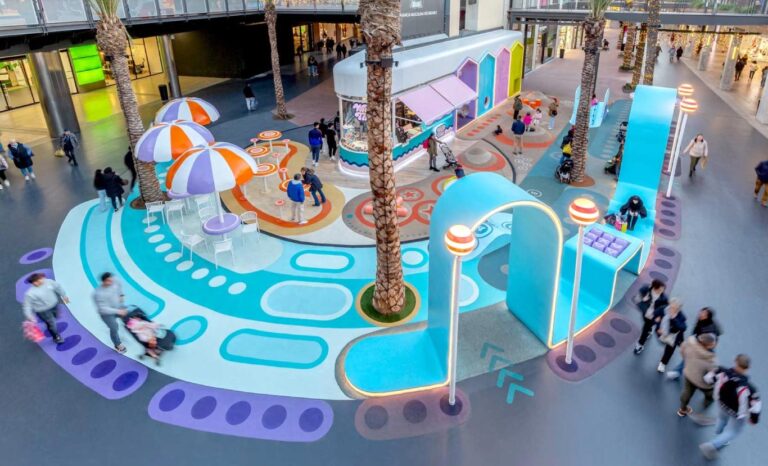
La Barcelonita | A playground for social & commercial activity
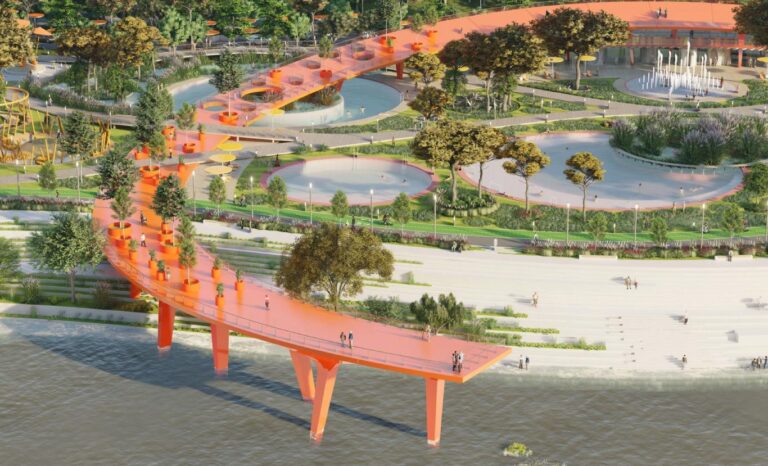
The Orange Moon: Revitalizing Seoul’s Riverfront
Leave a Reply
UDL Photoshop
Masterclass
Decipher the secrets of
Urban Mapping and 3D Visualisation
Session Dates
4th-5th May, 2024
Recent Posts
- Article Posted:
- Article Posted:
- Article Posted:
- Article Posted:
- Article Posted:
- Article Posted:
- Article Posted:
- Article Posted:
- Article Posted:
- Article Posted:
- Article Posted:
- Article Posted:
Sign up for our Newsletter
“Let’s explore the new avenues of Urban environment together “


